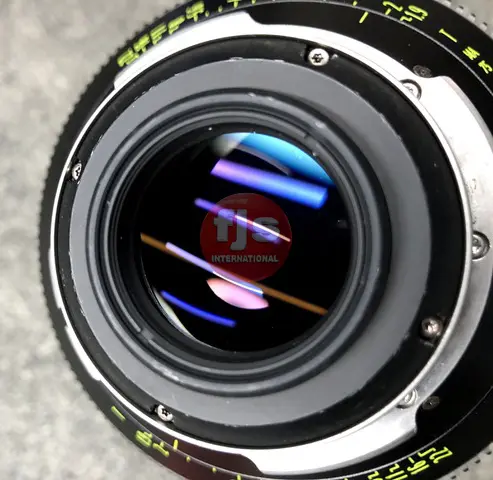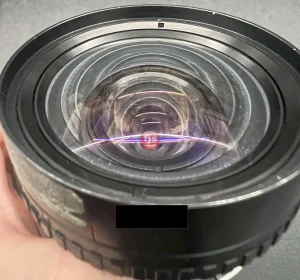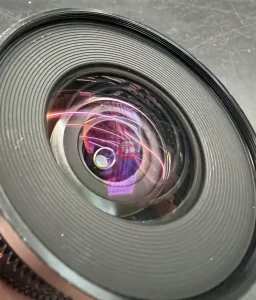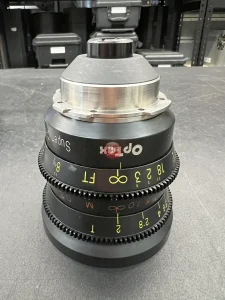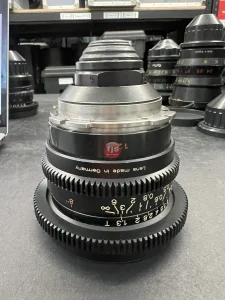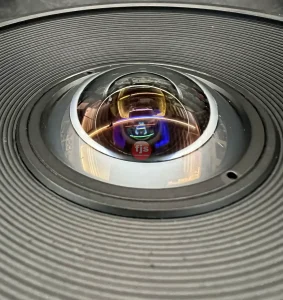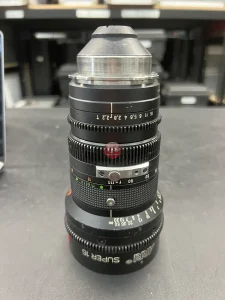The alluring wide-screen format with a distinctive horizontal stretch – that’s the magic of anamorphic filmmaking. And achieving this aesthetic often conjures up images of specialized cameras. But what if you have your heart set on the renowned Master Prime lenses? Can they be the key to your “anamorphic-like” vision?
Mastering the Look: Key Features and Benefits of Master Prime Lenses
- Cinematic Image Quality: Master Primes are celebrated for their exceptional sharpness, producing stunning visuals with rich detail and clarity.
- Fast Apertures: These lenses boast wide maximum apertures, allowing for beautiful shallow depth-of-field and superior low-light performance.
- Pleasing Bokeh: The way out-of-focus areas render contributes significantly to the overall aesthetic. Master Primes deliver a smooth and aesthetically pleasing bokeh, blurring the background in a way that complements your subject.
- Versatility Across Genres: Master Primes can excel in various filmmaking scenarios, from narrative features to documentaries and commercials.
Anamorphic or “Anamorphic-Like”: Understanding the Distinction
True anamorphic filmmaking involves using an anamorphic lens alongside a camera specifically designed for the format. This combination squeezes a wider image onto the film plane, which is later stretched back to its original proportions during projection.
Master Prime lenses, while exceptional, are not anamorphic themselves. They can’t replicate the exact characteristics of a dedicated anamorphic setup.
However, there are techniques you can employ to achieve an “anamorphic-like” look using Master Prime lenses:
- Shoot in Widescreen: Utilize a wider aspect ratio on your camera, like 2.35:1 or 16:9.
- Cropping in Post-Production: Film in a higher resolution and crop the image in post-production to achieve the desired aspect ratio.
- Lens Adapters (with limitations): Special adapters can be used to try and mimic some anamorphic qualities, but the results may vary and come with drawbacks.
Questions and Answers
- Can I completely replicate the anamorphic look with Master Prime lenses?
Unfortunately, no. True anamorphic filmmaking offers distinct visual characteristics that MasterPrimes alone cannot fully reproduce.
- Are there advantages to using Master Prime lenses for an “anamorphic-like” look?
Absolutely! Their exceptional image quality, fast apertures, and beautiful bokeh can contribute significantly to a visually stunning film.
- What are some alternatives to achieve a true anamorphic look?
Investing in an anamorphic lens system or renting one is the most direct approach. Additionally, some cameras offer built-in anamorphic shooting modes.
Conclusion
While Master Prime lenses can’t deliver a perfect replica of anamorphic filmmaking, their qualities make them a powerful tool for achieving a visually captivating “anamorphic-like” aesthetic. By understanding the limitations and exploring creative techniques, you can leverage the strengths of MasterPrimes to bring your unique vision to life.

